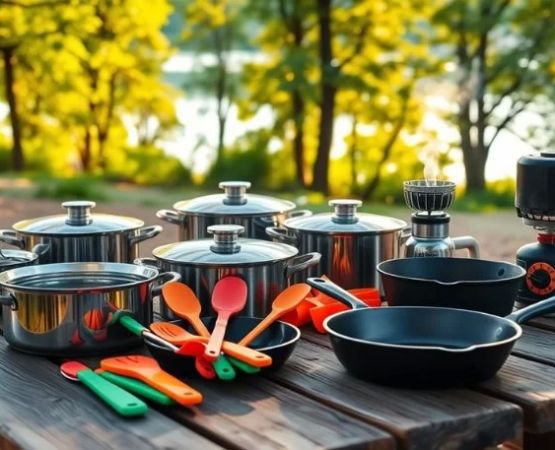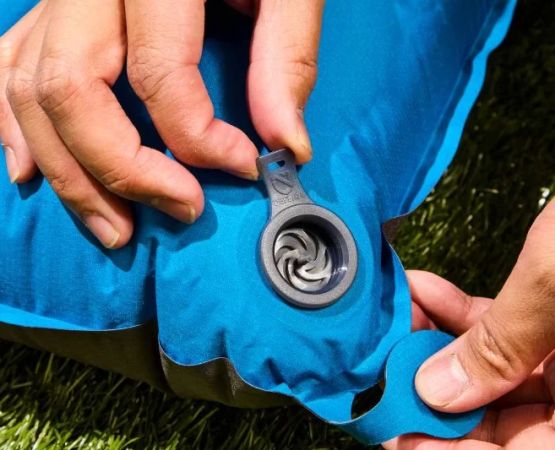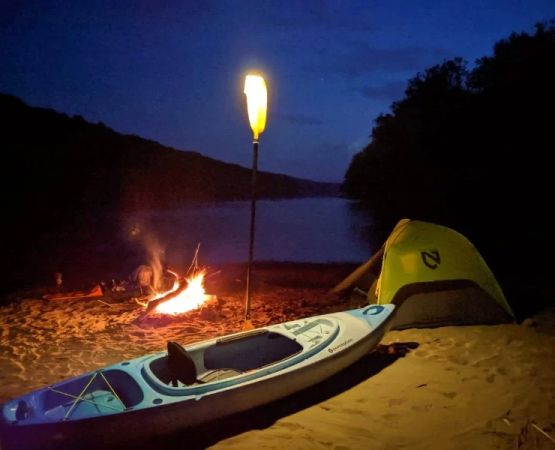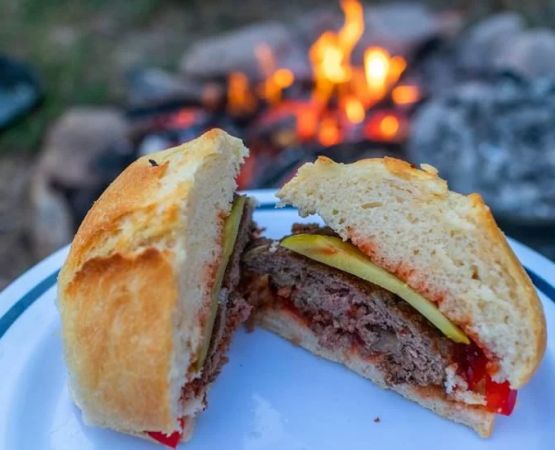How to Choose the Best Sleeping Pad for Camping Comfort
- understanding-camping-sleeping-pad-types – Understanding Camping Sleeping Pad Types
- key-factors-affecting-sleeping-pad-comfort – Key Factors Affecting Sleeping Pad Comfort
- the-role-of-r-value-and-insulation – The Role of R-Value and Insulation
- real-story-why-matt-chose-memory-foam-over-air – Real Story: Why Matt Chose Memory Foam Over Air
- portable-vs-luxurious-which-to-pick – Portable vs. Luxurious: Which to Pick
- tips-from-pine-cliff-resort-for-better-sleep – Tips from Pine Cliff Resort for Better Sleep
1. Understanding Camping Sleeping Pad Types
To find the best sleeping pad for camping, you first need to understand the different types. There are three primary categories: air pads, self-inflating pads, and closed-cell foam pads. Each comes with pros and cons that directly affect your sleeping experience outdoors.
Air pads are lightweight and compact but may require extra time to inflate. Self-inflating pads offer a balance between convenience and comfort. Foam pads are basic yet reliable, often favored by minimalist hikers and rough-terrain campers.
2. Key Factors Affecting Sleeping Pad Comfort
Choosing the right sleeping pad involves more than grabbing the first option on sale. Here are essential elements to consider:
Thickness & Material: Thicker pads typically offer better cushioning, especially if you sleep on your side. Look for materials like TPU-laminated nylon for durability and comfort.
Weight & Packability: For backpackers, every ounce counts. Prioritize lightweight pads under 2 lbs that pack down small without compromising comfort.
Surface Texture: A textured surface can reduce slipping and improve stability while you sleep, particularly on uneven ground.
3. The Role of R-Value and Insulation
One often-overlooked factor is the R-value, which measures how well a pad insulates you from the ground. Higher values offer more warmth, crucial for cold-weather camping. An R-value of 3–5 is ideal for three-season camping, while winter expeditions require 5+.
Some pads come with integrated insulation like synthetic fill or reflective layers to retain body heat. Understanding these features is key to maintaining sleep comfort in varying climates.
4. Real Story: Why Matt Chose Memory Foam Over Air
Matt, an avid solo camper from Oregon, used ultralight air pads for years. But after a week-long trip in Colorado where a small puncture left him sleeping on the ground, he switched to a memory foam hybrid. The comfort was unmatched, and the extra weight? Worth every ounce, he says. His story is a reminder that comfort and reliability can sometimes trump ultralight minimalism.
5. Portable vs. Luxurious: Which to Pick
If you're car camping or staying at base camps, consider investing in a thicker, more luxurious pad—even those with integrated pillows and contours. But for multi-day hikes, ultralight designs make the most sense. The best sleeping pad is the one that balances weight, insulation, and comfort based on your specific adventure style.
6. Tips from Pine Cliff Resort for Better Sleep
At Pine Cliff Resort, we've hosted thousands of campers and seen the full range of sleeping gear in action. Our best advice? Never compromise on sleep comfort. Test your pad before your trip, consider a pillow that complements it, and always carry a repair kit for inflatable models.
And if you're unsure where to start, check out the camping gear selections available at Pine Cliff Resort—we can help you find the sleeping pad that matches your exact adventure needs and preferences.







